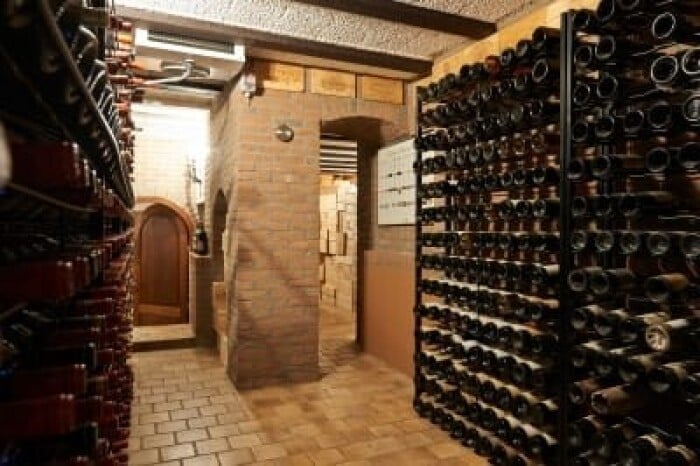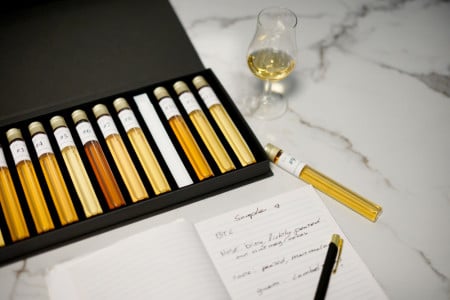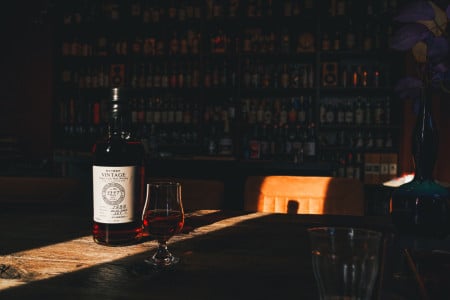These wines benefit from additional aging
For a wine to develop further during storage, it must have at least one of two very important characteristics: a lot of acidity or a lot of tannin. Sometimes it has both. For white wines that are to mature further, acidity is particularly important. If it is particularly high, the wine is usually only of limited enjoyment when young. However, with additional ageing, the acidity mellows and becomes more harmonious. Good examples of this are French Grands Crus such as Montrachet, Meursault, Chablis (all Chardonnays) or German Riesling-based Große Gewächse. In the case of sweet wines such as Sauternes, Trockenbeerenauslese or Eiswein, acidity is also the decisive factor in ensuring that the wines can age for several decades and still not reach their peak.
In red wine, on the other hand, tannin is the main factor. The more tannin a wine has, the better it can age. As a rule, these are wines made from grape varieties that have a lot of tannins due to their thick berry skins. Examples are Cabernet Sauvignon, Mourvèdre or Tannat. But that's not all. Many tannins also need a high acidity to keep the red wine in balance. Red wines that benefit greatly from longer maturation include, for example, high-quality Bordeaux or Cabernet Sauvignons from California. If the wines are then aged in new barriques, the tannins are intensified, which can prolong the maturation process. Here, too, Bordeaux wines are the best example.
Pinot Noir is a small exception in the world of red wine. The grape itself adds hardly any tannin to the wine, but it does have quite a lot of acidity. That is why Pinot Noirs can age excellently without a lot of tannins. The best examples of this are the wines from Burgundy, such as Échézeaux, Gevrey Chambertin, Musigny or Clos de Tart. Or from California or Oregon. And the great German wines made from Spätburgender, as the grape is called there, can also age for a small eternity.






